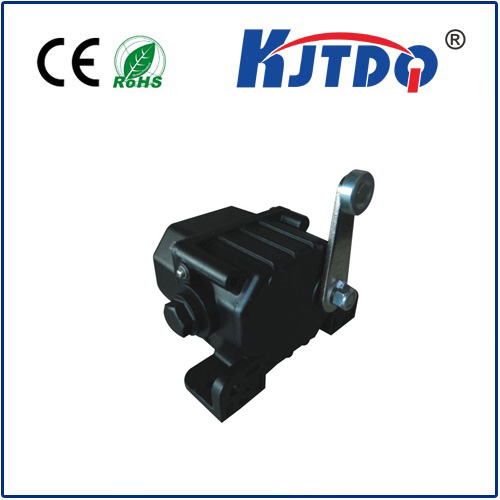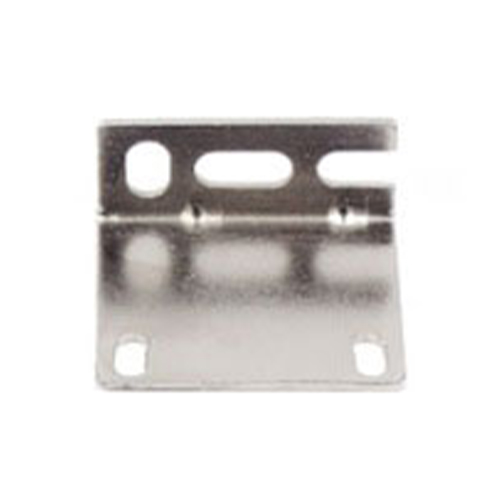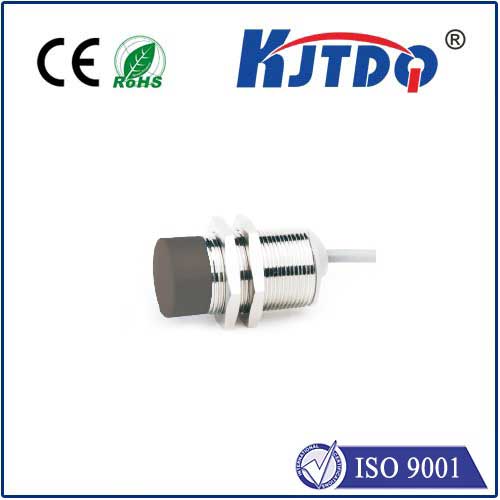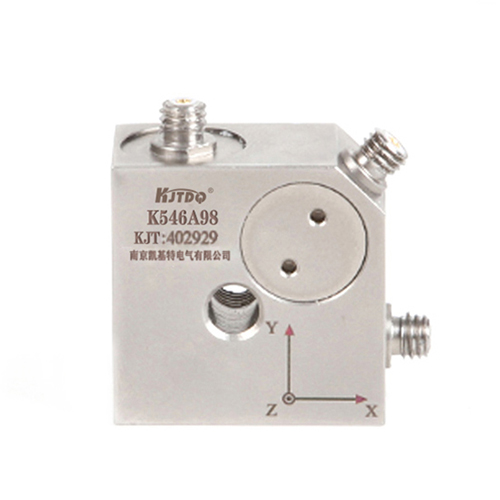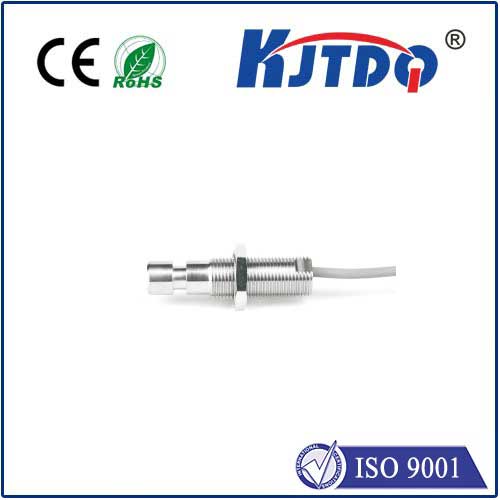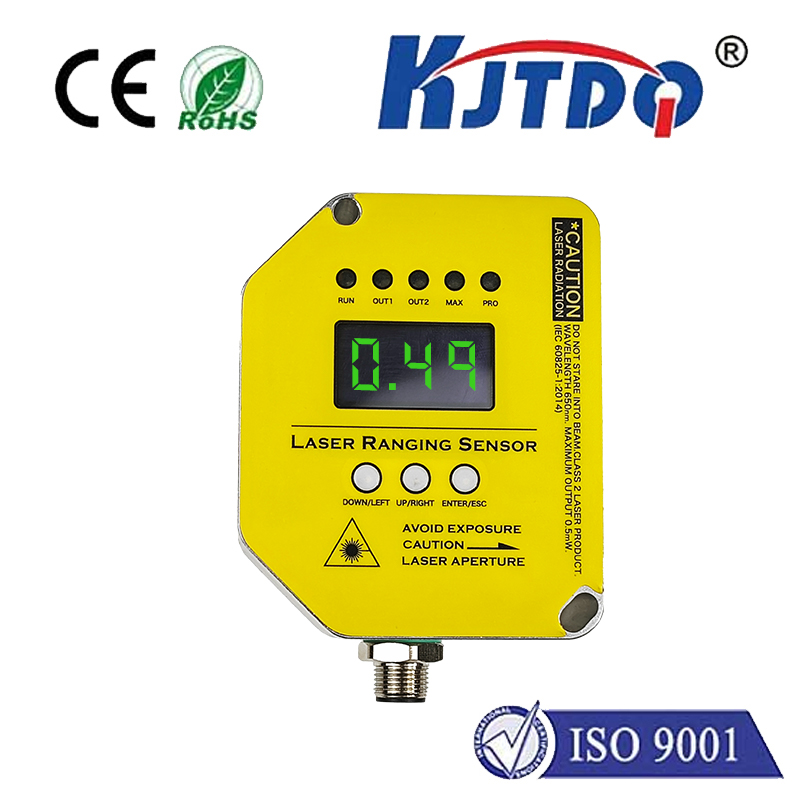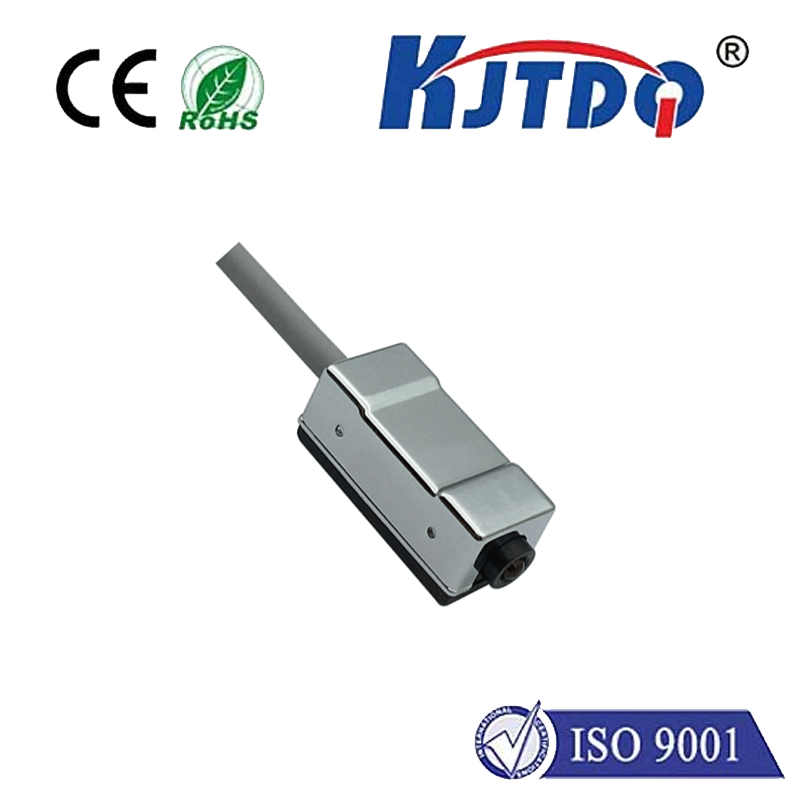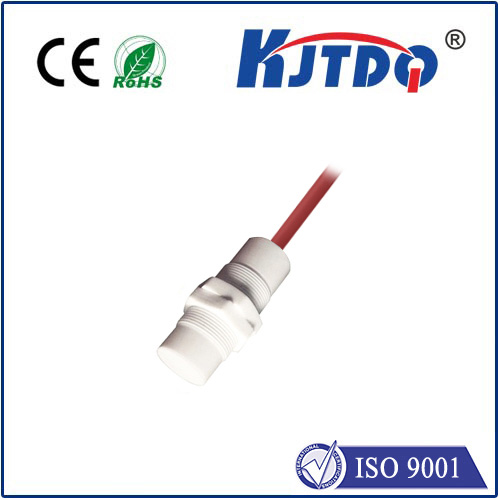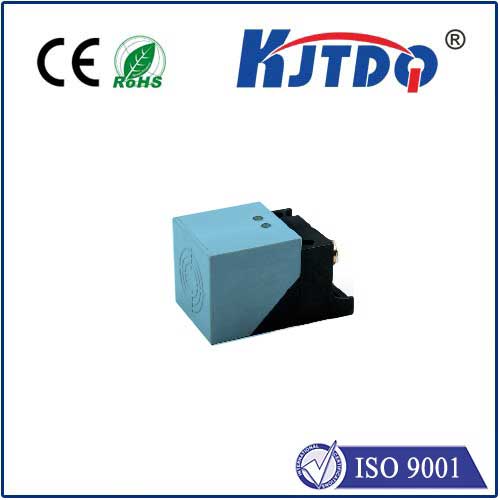digital distance sensor
- time:2025-09-08 16:26:58
- Click:0
Digital Distance Sensor: The Unseen Eyes Powering Our Automated World
How often do you consider the invisible technology measuring the spaces around you? From the moment your smartphone camera instantly focuses to the robotic arm precisely assembling your car, unseen sensors are constantly gauging distances with astonishing accuracy and speed. The digital distance sensor, a critical component in this silent orchestra of automation, has evolved beyond simple measurement tools into sophisticated digital systems driving innovation across countless industries. Understanding these sensors is key to grasping the technological pulse of our modern world.
Beyond the Tape Measure: Defining the Digital Advantage
Traditional methods of distance measurement—tapes, rulers, even early analog sensors—relied on human interpretation or simple electrical signals. The digital distance sensor fundamentally changes this paradigm. It actively emits energy (light, sound, or radio waves), detects the reflected signal, and employs onboard digital processing to calculate the distance. This digital core delivers significant advantages:
- Precision & Accuracy: Digital processing minimizes noise and calibration errors, offering consistently reliable measurements, often down to sub-millimeter levels in advanced models.
- Speed: Measurements are taken and processed in milliseconds or even microseconds, enabling real-time control essential for robotics, autonomous systems, and high-speed manufacturing.
- Direct Integration: Outputting data directly in digital formats (like I2C, SPI, UART, or IO-Link) allows seamless communication with microcontrollers (Arduino, Raspberry Pi), PLCs, and computers. This plug-and-play capability accelerates development cycles.
- Intelligence: Many modern sensors incorporate advanced features like internal temperature compensation, signal filtering, multi-echo processing (to ignore irrelevant background), and configurable parameters accessible via software, enhancing reliability in challenging environments.
- Compactness & Robustness: Leveraging semiconductor technology, these sensors are often incredibly small, energy-efficient, and resilient to vibration and harsh conditions.
Core Technologies: The Engine Under the Hood

Several distinct physical principles power digital distance sensors, each with unique strengths:
- Time-of-Flight (ToF): This method measures the time taken for a light pulse (usually infrared laser or VCSEL) to travel to the target and back. Since the speed of light is constant, the distance is calculated using
Distance = (Speed of Light * Time of Flight) / 2. ToF sensors are known for their high speed, excellent accuracy over mid-ranges (a few centimeters to several meters), and robustness against ambient light. They are prevalent in industrial automation, robotics, gesture recognition, and camera autofocus. LiDAR (Light Detection and Ranging), a sophisticated ToF variant using scanning lasers, is crucial for autonomous vehicles and 3D mapping.
- Phase-Shift Measurement: Similar to ToF, these sensors emit modulated (continuously oscillating) light waves. The distance is determined by measuring the phase difference between the emitted wave and the reflected wave. They often provide very high accuracy at shorter ranges but can be complex and more sensitive to specific environmental factors.
- Ultrasonic Sensors: These emit high-frequency sound pulses and measure the echo’s return time. While generally offering less precision than optical ToF, they excel in detecting non-reflective surfaces, objects regardless of color, and perform well in dusty, foggy, or dark environments where light struggles. Common applications include tank level monitoring, parking sensors, and object presence detection in challenging industrial settings. Think of them as digital echolocation.
- Infrared (IR) Triangulation: Often used in shorter-range applications (millimeters to centimeters), these sensors project an IR spot onto the target. A position-sensitive detector (PSD) or camera sees the spot’s position. The distance is calculated based on the known baseline between the emitter and detector and the triangle formed (triangulation principle). Valued for their simplicity and cost-effectiveness in proximity sensing and basic obstacle avoidance.
Where Digital Distance Reigns: Pervasive Applications
The versatility of digital distance sensors fuels their adoption in diverse sectors:
- Industrial Automation & Robotics: Crucial for positioning, palletizing, defect detection, assembly verification, collision avoidance, and control of robotic arms. They ensure repeatability and safety on the factory floor.
- Automotive: Foundational for Advanced Driver Assistance Systems (ADAS) and autonomous driving features: adaptive cruise control, automatic emergency braking, blind-spot monitoring, parking assistance, and 360-degree perception heavily rely on arrays of ultrasonic sensors, radar (a radio wave-based distance measurement), and LiDAR.
- Consumer Electronics: Enable autofocus in smartphone cameras, screen proximity sensing (turning off during calls), gesture control in smart home devices, and height adjustment in robotic vacuums.
- Logistics & Warehousing: Drive autonomous mobile robots (AMRs) for navigation and obstacle avoidance. Used in pallet dimensioning, conveyor belt object counting, and automated storage/retrieval systems.
- Smart Buildings & Cities: Facilitate occupancy counting for HVAC and lighting control, people flow analysis, automatic door activation, and smart parking systems.
- Drones & UAVs: Essential for terrain following, obstacle detection, altitude hold, and autonomous landing. LiDAR sensors enable sophisticated aerial mapping.
- Healthcare: Used in patient monitoring systems (e.g., detecting falls), precision positioning for medical robots, and gesture-based interfaces in sterile environments.
Choosing the Right Sensor: Beyond the Spec Sheet
Selecting the optimal digital distance sensor demands careful consideration of several factors:
- Required Range: From millimeters to hundreds of meters? Match the sensor to the distance needing measurement.
- Accuracy & Resolution: What level of precision is critical for the application?
- Target Properties: Does it reflect light/sound well? Is it transparent, dark, or shiny? (Ultrasonic often handles difficult materials better).
- Environment: Ambient light levels? Dust, fog, rain? Temperature extremes? Vibration? (Optical sensors struggle in fog/dust; ultrasonic ignores light).
- Update Rate/Speed: How quickly must measurements be delivered?
- Output Interface: How will it connect to the controller? (Digital protocols like I2C/SPI/UART/IO-Link are generally preferred over analog).
- Physical Constraints: Size, power consumption, mounting requirements?
- Cost: Balance performance needs against budget.
The Future is Measured Digitally
The evolution of digital distance sensing shows no signs of slowing. Key trends include:
- Miniaturization & Cost Reduction: Making sophisticated sensors like ToF and LiDAR accessible for even more compact and cost-sensitive applications.
- Integration with AI/Edge Computing: Sensors becoming smarter at the point of measurement, pre-processing data and making simple decisions locally for faster response.
- Enhanced Performance: Pushing the boundaries of accuracy, range, and speed, particularly for safety-critical applications like autonomous vehicles.
- Multi-Sensor Fusion: Combining different sensor types (e.g., ToF + Ultrasonic + Camera) to overcome individual limitations and







